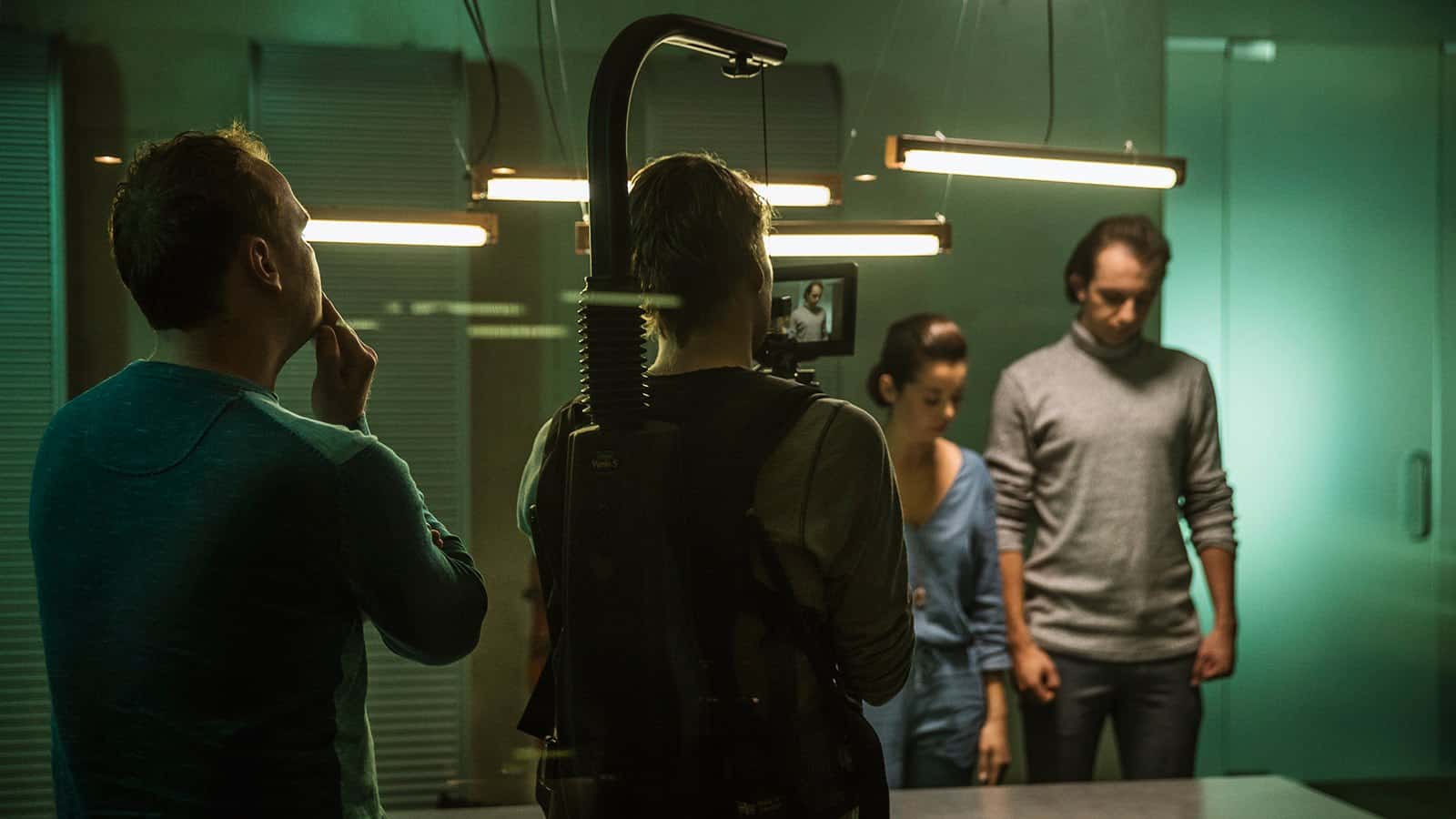The role of a being a film director is the dream for many when first entering the industry. However, very few leave a mark and stand in their own league when it comes to directing. It is important for any aspiring director to take a look into what makes a few of the greatest directors stand out, and create buzz around any film which they are directing simply by putting their name to it. A director directs the creation of a film, formulating a vision of a script. The director has to ensure that their vision fits the budget provided, and they must mediate differences in creative outlooks. There is no single path to becoming a director, but it is known to be a tricky career to achieve success in.
Alfred Hitchcock:
Alfred Hitchcock, otherwise known as the master of suspense, is an inspiration for any director who feels constrained by technology budget allowances. He created little details within his techniques that made his works stand the test of time and still stand out among directors today, without the technology we now have available.
Hitchcock thought of innovative ways to introduce his characters. Take the example below of the opening for ‘Strangers from a Train’. We are only shown the characters’ feet until the two characters bump into each other at the end of the scene. We as a audience are identifying the characters’ backgrounds and taste from their shoes alone. This leaves us intrigued to see the characters’ faces and be introduced properly, instantly gripping the audience into the story.
Quentin Tarantino:
Quentin Tarantino since 1992 has directed 8 films and written and produced 11. Each of these films is shown to demonstrate a trace of Tarantino’s own unique style. An audience knows that Tarantino’s films are likely to contain tasteful wit and humour alongside a non linear plot, with pop culture references throughout and a climatic use of violence. Tarantino presents his strongest works when he both writes and directs. His screen-writing is as strong as his directing, and that unity of creative vision creates powerful films.
Tarantino’s works are extremely stylised in a tasteful manner which all directors should aspire to. ‘Kill Bill Vols 1 and 2’ are prime examples of Tarantino’s ability to enhance cheesy scenes to make them cool, since his stylish aesthetic overwrites the cheese.
However one signature aspect of Tarantino’s films which cannot be ignored is the violence and bloodshed presented. He has pinpointed in interviews that violence is the easiest way for him to connect with an audience, since he has perfected the art of violent scenes within his films.

(Image courtesy of A Band Apart Production company)
Stanley Kubrick:
Kathryn Bigelow:
Kathryn Bigelow is a prime example of how directors should take a leaf out of film history. Bigelow uses the techniques of classic Hollywood cinema combined with the radical aspirations of conceptual art.
Similar to Tarantino, she seems to connect most with the audience through the use of violence, however she also to looks deeper into the characters and how war changes people. We are taken deep within her developed characters’ feelings, and their individual journeys. This emphasises how Bigelow has made herself stand out: she creates deeply developed characters within her films. Bigelow’s breakthrough film ‘Near Dark’ was made on a low budget and demonstrates how a huge budget isn’t always needed to make iconic films.
Bigelow should also be commended as a filmmaker for her ability to break through as a Female Director in a male dominated industry. She was the first female director to win Best Director at Cannes with ‘The Hurt Locker’ and is inspiring for pushing her vision and raw talent as a minority in the industry.
(Feature of Miramax Films)



You must be logged in to post a comment.